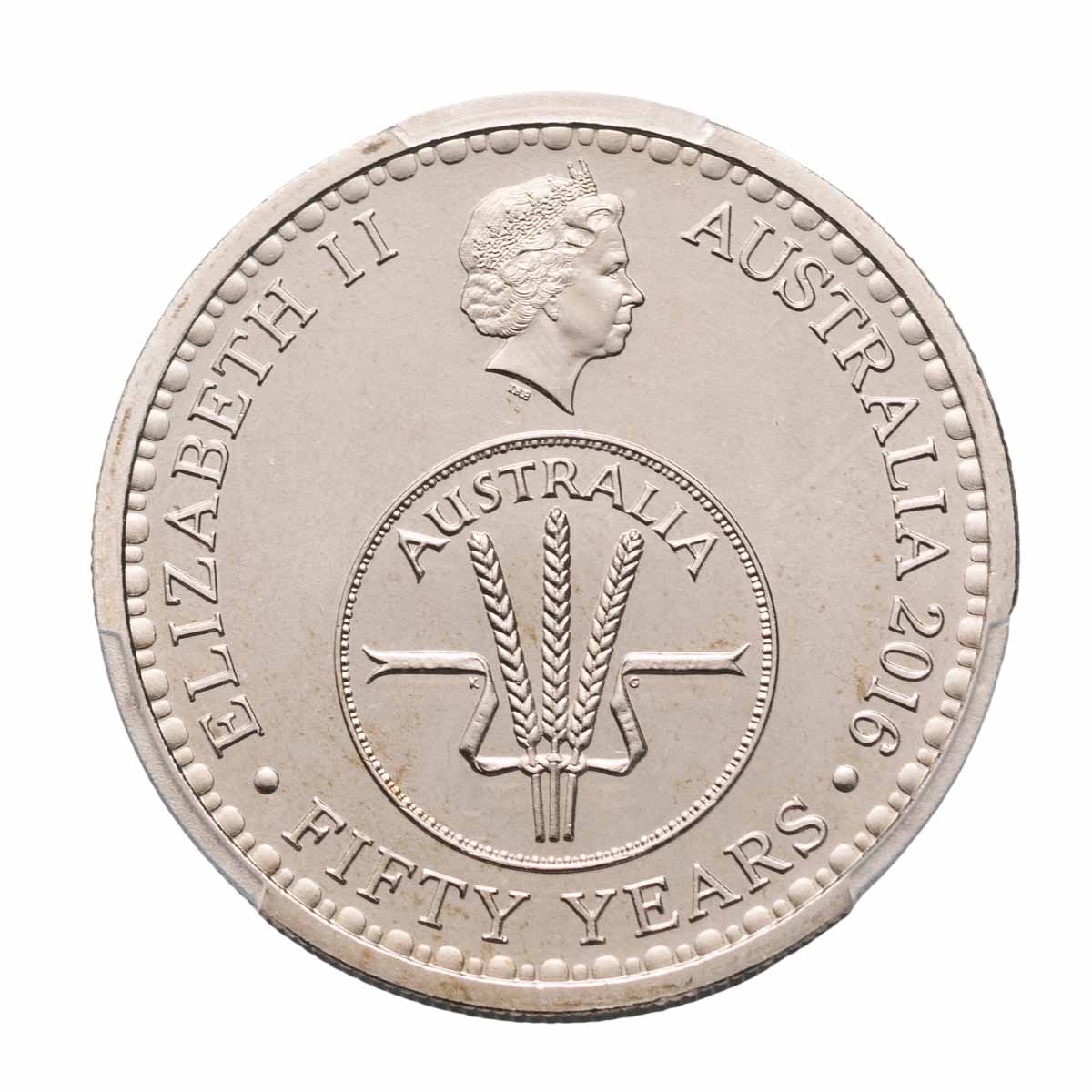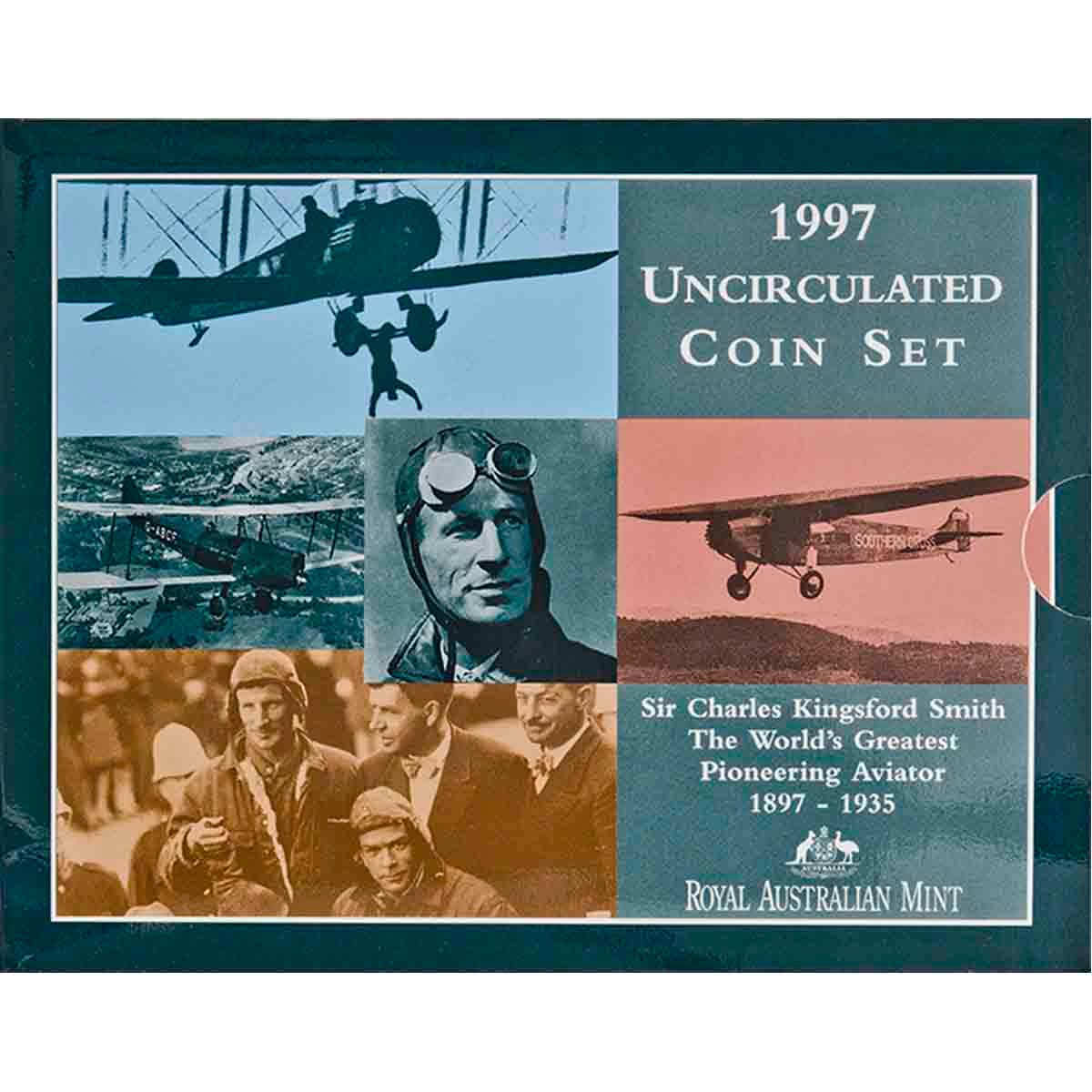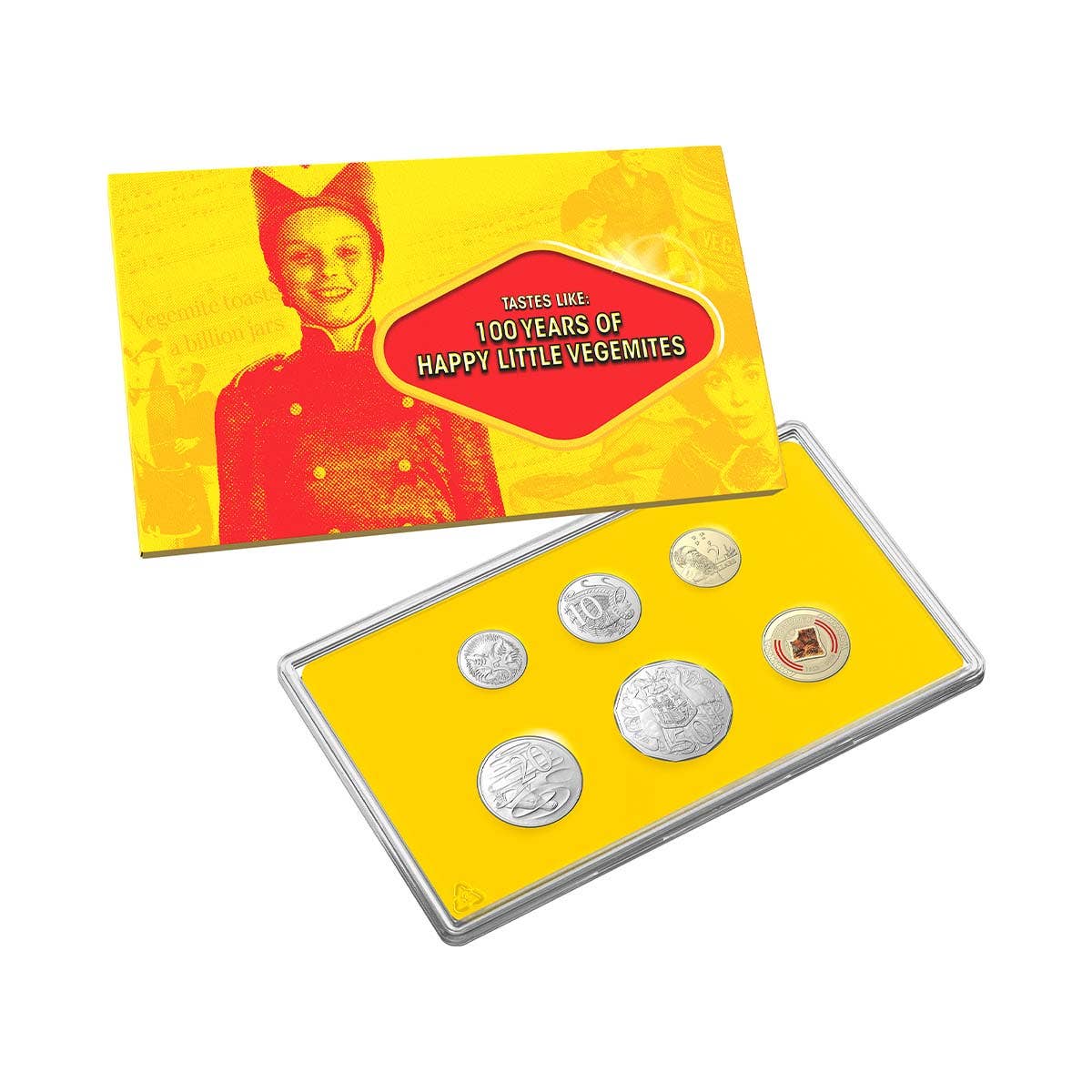We have discussed before how there are some Australian coin denominations that tend to be ignored by collectors – the 5c, the $2 (up until relatively recently anyway) and the humble 10c. The 10c series has only one circulating commemorative, no circulating full-colour types, and is generally issued in large quantities. Thus, the common question is “what 10c coins could possibly be worth looking out for?” Well, it just so happens that – as with every Australian denomination – there’s a lot of 10c coins to look out for!
An original – and a classic…
Introduced at decimalisation in February of 1966, the 10c coin was one of Australia’s first decimal coinage denominations. Like its original decimal counterparts, it was the work of master craftsman Stuart Devlin, and is a classic work of numismatic design. Superbly balanced and intricately detailed, the reverse motif depicts the Lyrebird. From an aesthetic point of view, it’s worth keeping a look out for ANY 10c in your change, so you can discover – or rediscover – the entrancing artistry underpinning Devlin’s exquisite take on this iconic Australian native bird.
Low mintage 10c issues…
As with all lower denominations, the 10c has always been produced in relatively large numbers. Indeed, the annual average mintage of the 10c is more than 47.5 million. Having said that, there are some low mintage dates that are worth keeping an eye out for – even if you might not be able to retire if you find them!
In 1985, there was a severe drop in demand for coinage, and many denominations had remarkably low mintages – including the 10c. A mere two million 10c coins were struck in 1985, and this date catalogues at $15 in Uncirculated quality. The 1991 10c (mintage 4.8 million), 2018 10c (3.3 million) and 2019 Clark Obverse 10c (2 million) catalogue at $10, $2 and $5 respectively, which seems to be a very conservative estimate of market value. The only circulating 10c commemorative, celebrating the 50th anniversary of the introduction of decimal currency, had a mintage of just 6.2 million, and catalogues at $5 in Unc.
The lowest mintage issued 10c, with just 1.7 million struck, the 2011 10c catalogues at $45 in Uncirculated condition and is definitely one to look for in change – as is the 1997 10c. The 1997 10c is very interesting, because it illustrates the impact that external forces can have on the market value of a coin. Yes, the mintage of the 1997 10c was only 5.7 million, but that’s quite a deal higher than those listed above – and yet the 1997 10c currently catalogues at $80 in Unc! Why is this so?
Well, in 1997, the Royal Australian Mint closed the mintage of the 1997 Mint Set suddenly and unexpectedly. At the time, it was the lowest mintage Mint Set issue since 1979, and it quickly became scarce, and soared in value. As Mint Sets are a very good way to secure individual decimal dates in Uncirculated condition, the low-mintage of the 1997 Mint Set ensured that finding a 1997 10c in Uncirculated condition was always going to be tough, and the current catalogue value attests to that. Keep your eye out for this key date!
Not-issued-for-circulation 10c coins…
As detailed in previous blogs, not all denominations will be issued for circulation every year, as the Royal Australian Mint strikes coinage for Australia on the basis of demand. When a denomination is not struck for circulation, it will still be included in collector issues such as the RAM’s annual Mint and Proof Sets, and, for collectors desperate to maintain a complete collection, such a coin is naturally crucial. Issued in tiny numbers, these coins should not be sourced from change – in theory anyway.
The reality is that, for all sorts of reasons, these ‘not-issued-for-circulation’ dates do end up in change – and are well worth looking out for! The Lyrebird 10c has been solely issued as a collector coin on only five occasions – in 1986, 1987, 1995, 1996 and 2023. The first two dates seem to be surprisingly undervalued, as they catalogue at only $8 apiece, but the values of the 1995 and 1996 dates are much more realistic. Cataloguing at $35 and $60 respectively, either would represent a very handy find!
The 2023 10c date is definitely one for the future. As a result of the passing of Queen Elizabeth II, this date was not issued for circulation and is only found in the 2023 collector sets! It only catalogues at $5 currently, but it will very rarely be found in change. It will be crucial to serious decimal collectors going forward.
There’s another interesting not-issued-for-circulation type that would perhaps represent the greatest 10c ‘treasure in change’ if it ever turned up in someone’s pocket – the 2017 Earth 10c. Issued as part of the 2017 Planetary Coins Set – a highly sought after set, and soaring in value – this unique full-colour 10c type has a mintage of less than 7,000, and sells for hundreds of dollars on the net. Keep your eyes peeled – you just never know!
And 10c Error types…
As a result of the Royal Australian Mint’s state-of-the-art equipment and thorough quality control, 10c Error coins are particularly rare – as with all Australian decimal denominations. Blunders do occur, however, and occasionally end up in circulation. Incorrect planchets, blanks, brockages, off-centre strikes, double-strikes, upset dies, to name but a few, Error types can be extremely valuable. The more spectacular the Error, the more valuable the coin will be, with some 10c Errors worth thousands – a very good reason to check your change!
Time to check your change!
Although the 10c may be a little underrated, and may not be the ‘coolest’ denomination going around, the fact that there are key dates and types to look out confirms why everyone should keep a close eye on their change. No matter what the denomination, no matter how old or how recent, you just never know what might turn up! Happy hunting!





